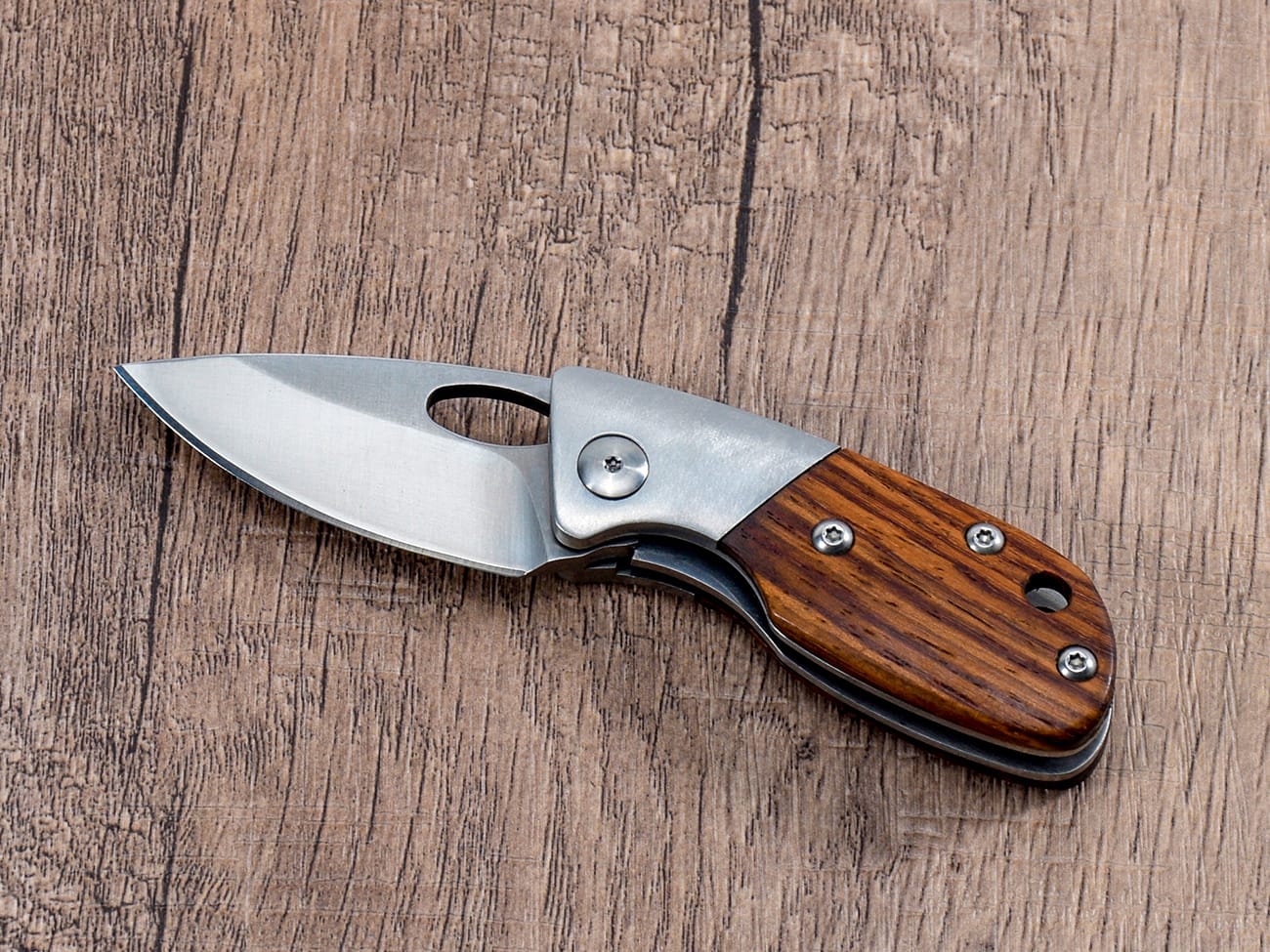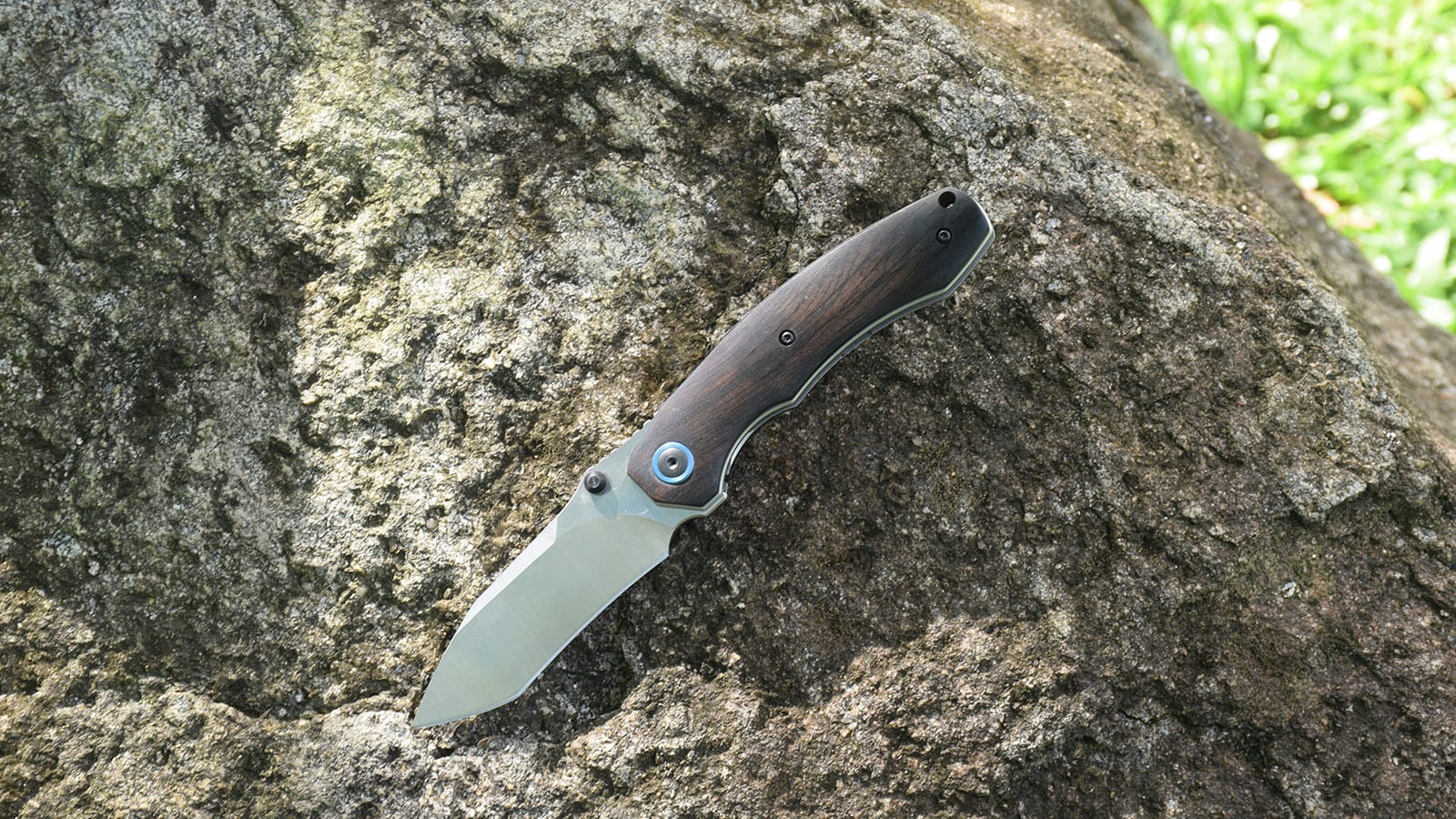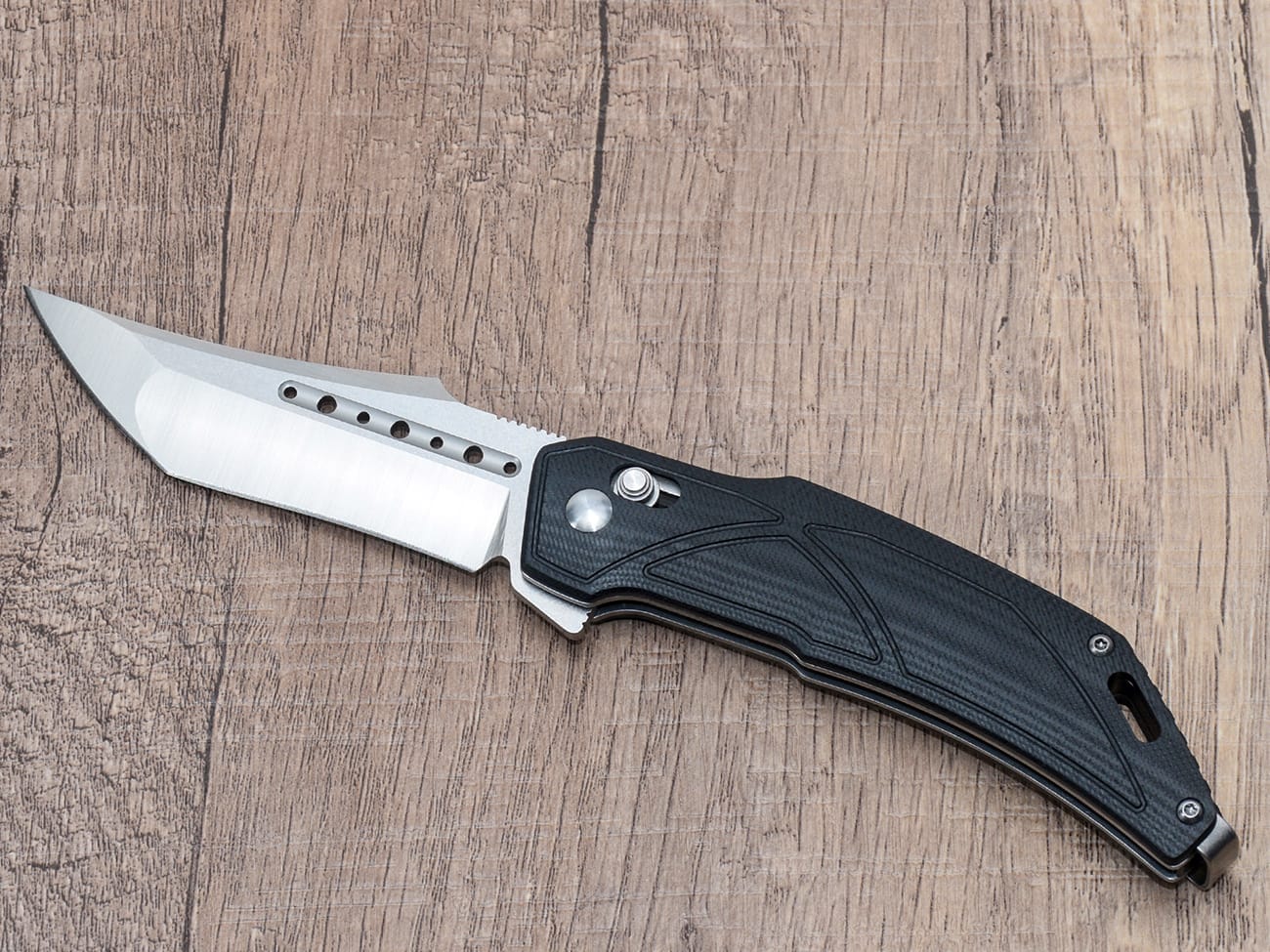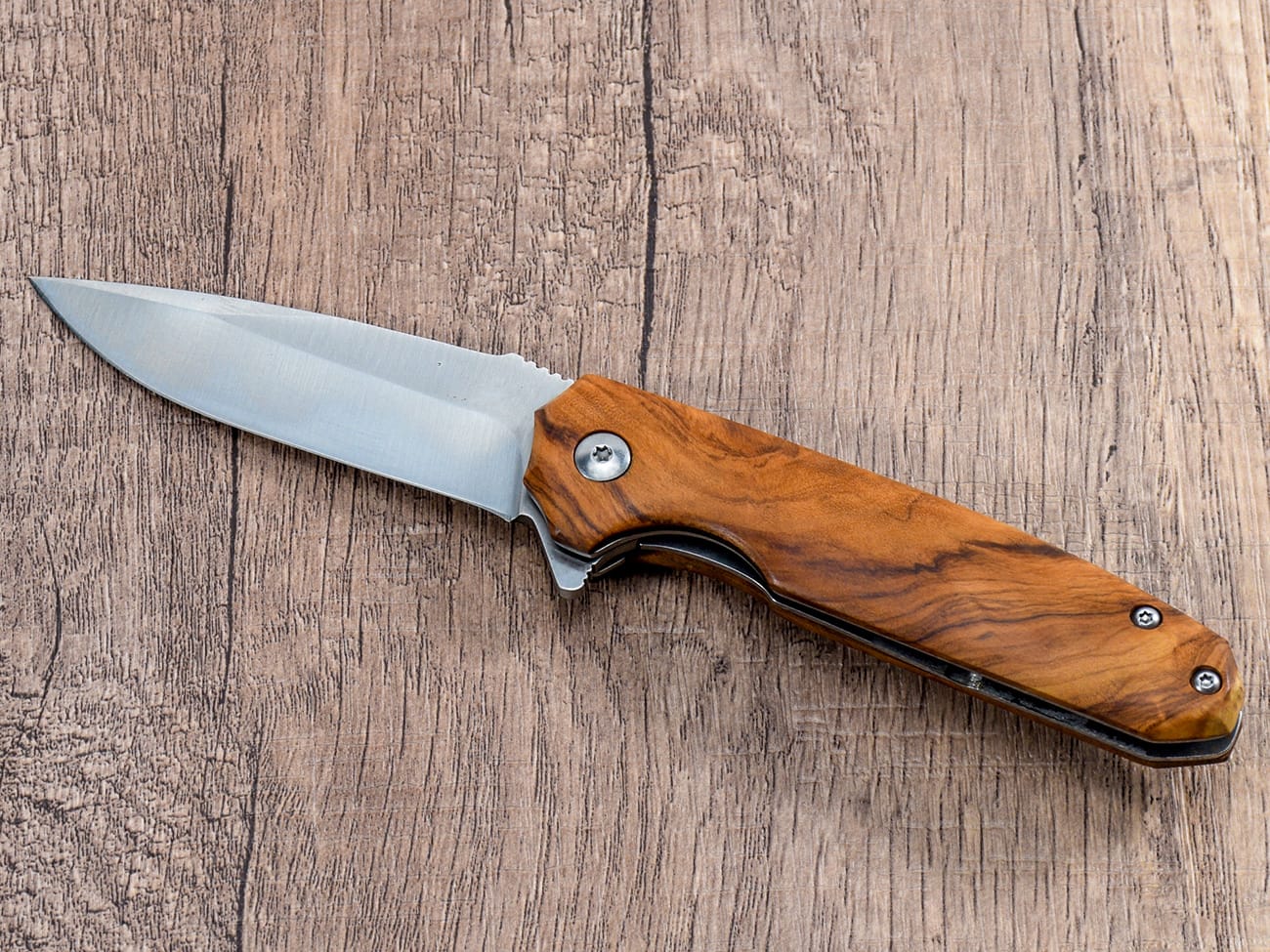Proper knife storage is crucial for maintaining your valuable kitchen knives and ensuring they remain sharp, safe, and ready to use. Whether you’re a professional chef or a home cook, understanding the right way to store your knives can significantly extend their lifespan and maintain their cutting performance. This comprehensive guide will walk you through everything you need to know about knife storage solutions.
Why Is Proper Knife Storage Important?
Proper knife storage isn’t just about organization – it’s about protecting your investment and ensuring safety. When knives are stored incorrectly, they can become dull, damaged, or even pose safety risks. A custom pocket knife or high-end chef’s knife deserves proper care to maintain its sharp edge and overall condition.
What Are the Different Types of Knife Storage Options?
Several storage solutions are available for keeping your knives safely organized:
- Magnetic knife strips
- Wooden knife blocks
- In-drawer knife organizers
- Knife rolls
- Wall-mounted magnetic holders
- Universal knife blocks
- Blade guards and sayas

How Do Magnetic Knife Strips Work?
Magnetic knife storage offers a modern solution that’s both practical and space-saving. A folding knife or kitchen knife can be easily stored on a wall-mounted magnetic strip, keeping blades visible and accessible while protecting their edges.
Is a Knife Block the Best Storage Solution?
Traditional knife blocks remain popular for good reasons:
- Protects blades from damage
- Keeps knives organized
- Provides easy access
- Looks attractive on countertops
However, they do require regular cleaning and can dull blades if not properly designed.
What About Drawer Storage?
Storing knives in drawers requires special consideration:
- Use dedicated knife drawer inserts
- Never let blades touch each other
- Ensure proper spacing
- Consider blade guards for extra protection
How Should Japanese Knives Be Stored?
Japanese knives, like a fine EDC knife, often require special care:
- Use traditional saya wooden sheaths
- Store in dedicated knife rolls
- Keep in humidity-controlled environments
- Avoid blade-to-blade contact
What Are the Best Storage Solutions for Small Kitchens?
Limited space doesn’t mean compromising on knife storage:
- Wall-mounted magnetic strips
- Under-cabinet magnetic holders
- Slim-profile knife blocks
- Over-the-door organizers
How Can You Prevent Knife Damage During Storage?
Proper storage techniques help maintain your custom folding knife or kitchen knives:
- Keep blades dry before storing
- Use blade guards when appropriate
- Avoid overcrowding
- Clean storage areas regularly
What Storage Methods Should You Avoid?
Some common storage mistakes to avoid:
- Loose in drawers
- In wet areas
- Blade-to-blade contact
- Overcrowded blocks
How Often Should You Clean Your Knife Storage?
Regular maintenance of your storage solution is essential:
- Weekly wipe-downs
- Monthly deep cleaning
- Quarterly inspection
- Immediate cleaning of any visible dirt
Key Points to Remember:
- Always store knives in a dry environment
- Protect the blade’s edge during storage
- Choose storage solutions that fit your space and needs
- Regular cleaning and maintenance are essential
- Never store knives loose in drawers
- Consider magnetic options for easy access
- Use blade guards when appropriate
- Keep children’s safety in mind
- Invest in quality storage solutions
Remember, proper knife storage is an essential aspect of knife care that will help maintain your blades’ performance and longevity. Whether you choose a magnetic strip, knife block, or another solution, the key is consistency in proper storage practices.




